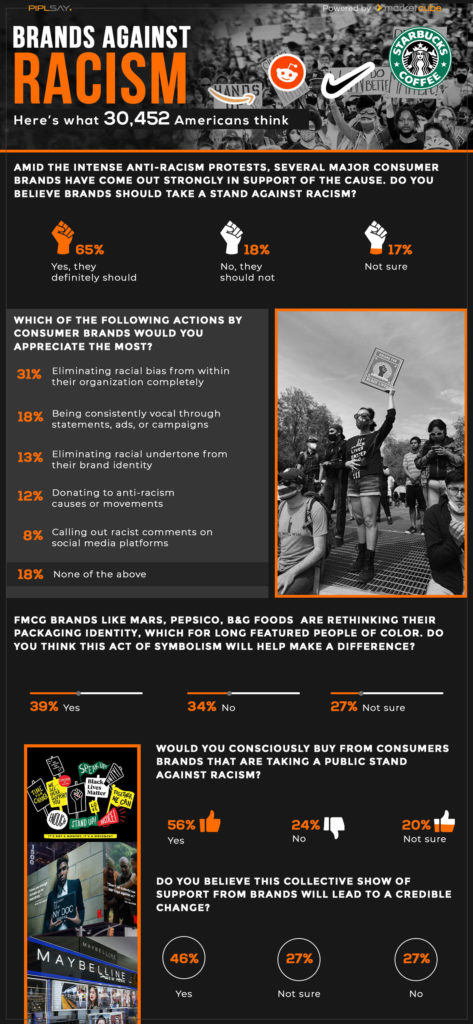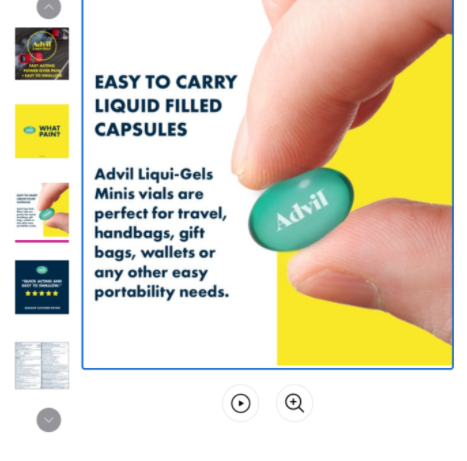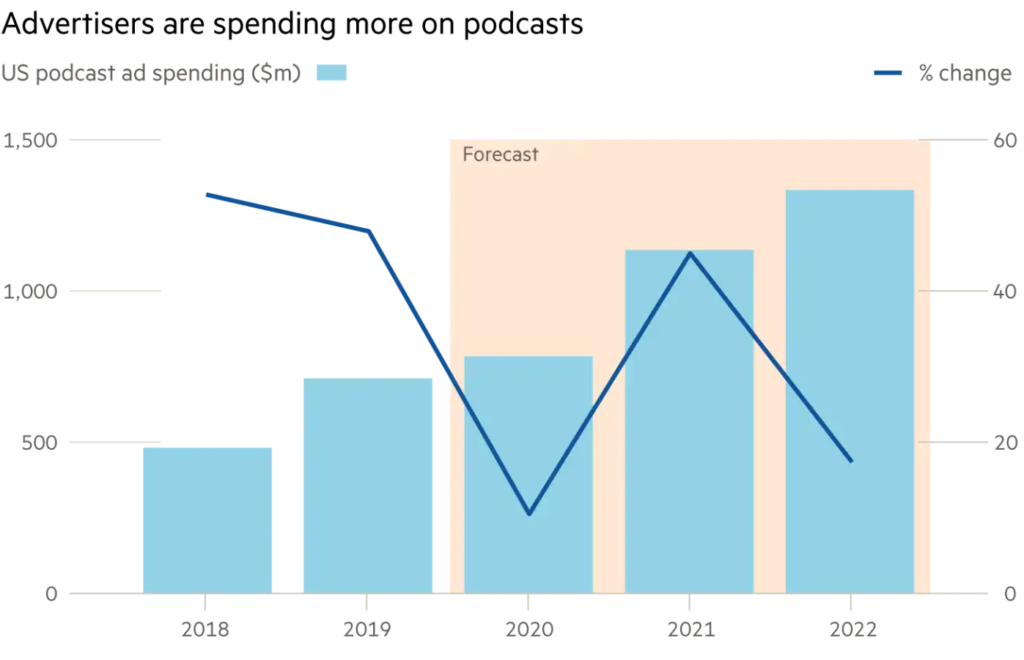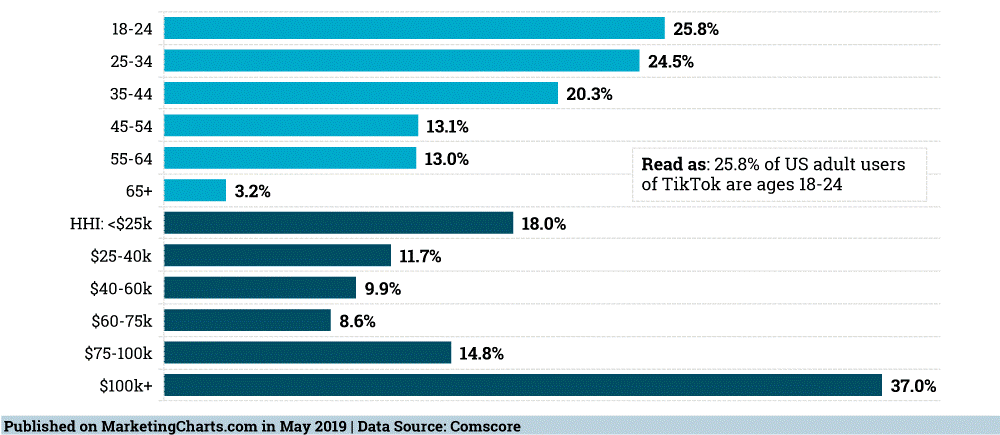Anti-racism is a form of action against racial hatred, bias, systemic racism, and the oppression of marginalized groups. While the goal of anti-racism is to challenge racism and actively change the policies, behaviors, and beliefs that perpetuate racist ideas and actions, it is not a new concept.

Source: Scott Heins / Stringer / Getty Images
The tragic murder of George Floyd and the Black Lives Matter (BLM) movement has spotlighted the systemic discriminatory practices that characterize the experiences of black and other minority communities. Such practices have evolved since the Trans-Atlantic Slave trade era. At the societal and organizational levels, the subtle manifestations of these discriminatory practices and associated micro-aggressions can be difficult to identity and monitor, which augments their insidious nature.
Anti-racism and marketing
Since, anti-racism is action (reaction)-oriented, taking conscious steps to eliminate racism at the individual, institutional, and structural levels become very expedient. Especially in commerce and marketing which is consumer-driven. These consumers are people directly or indirectly affected by racism in one form or another.
Business scholars have scrutinized the corporate marketers who perpetrated these problematic practices; for example, promoting stereotypes via tone-deaf marketing communications (e.g. the Dove campaign) and engaging in brand-activism that consumers find opportunistic and unauthentic (e.g. the Pepsi campaign).
The representation of racial groups in contemporary marketing communications remains a concern. Although some companies have responded to public pressure by replacing established brand spokescharacters (e.g. Aunt Jemima and Uncle Ben’s), in many cases, contemporary advertisers have merely transmogrified but not eliminated established stereotypes.
Many marketing scholars bemoan the under-researching of specific consumer communities, conducting studies influenced by white privilege and white ideology, and utilizing teaching practices insensitive to minority group experiences.
For instance, the historical analysis highlights a legacy of overreliance on character analysis in marketing thought and practice. Colonial advertising is replete with character analysis as tropes of negative black imagery designed to reinforce socio-cultural stereotypes. Unfortunately, many of these same tropes have recently mutated into more subtle forms.
The danger of subtle racial rhetoric is its cumulative effects on society; for example, to conceal or mystify more overt racial practices, effectively giving covert license to systemic racial discrimination. These issues indicate the need to investigate how marketing thought and practice have contributed to systematic racism, and how it can be used to mitigate and remedy racially insensitive and biased practices.
How customers and brands are reacting to anti-racism
In the wake of the rage and protest supported by the Black Lives Matter movement against the racial murder of an African-American by a Minneapolis police officer in 2020, Americans have become more anti-racism conscious. Even businesses and brands have shown their solidarity as they proved to be completely in sync with the sentiment. From posting statements, making donations, and even changing their age-old brand identity, these are efforts made to ensure racial justice is engendered.
According to a survey conducted by Piplsay, the following are the observations:
- 23% of Gen Zers and 31% of Millennials think brands should not take a stand against racism as compared to 46% of Gen Xers
- More men (56%) seem convinced about brand support making a positive difference as compared to women (44%)
- 56% of Hispanics and 46% of blacks believe removing racial undertones from brand identity will help make a difference; only 35% of whites think the same
- About 62% of Gen Zers and Millennials will be more willing to buy from brands that speak out against racism.

Source: Piplsay
In another report, it was gathered that:
- 74% of consumers said the recent Black Lives Matter protests have made it more important to support businesses that work to improve diversity and inclusion.
- 65% of Americans think brands should take a stand against racism
- 46% feel that such actions as above will lead to a credible change
- 61%of Americans are not completely certain that removing racist brand mascots or labels will make a huge difference,
- 31% of Americans believe brands should first eliminate racial bias from within their organization
- 56% of Americans are most willing to buy from brands that openly speak against racism.
- 41% of participants in the analysis agreed that the support of corporate entities for addressing racial prejudice is “genuine”, the study added.
While the ads created by P&G and McDonald’s to support the Black Lives Matters were found to be empowering, the messages were also seen as exploitative, per a separate Ace Matrix study. But not all ads are raising exploit signals when brands take on messaging that supports Black communities.
Conversely, ads by The NBA, Papa John’s, and Sprite seem to have found the right mix of support for the Black Lives Matter movement without striking the exploit signal. These ads avoided lecturing audiences and instead demonstrated corporate responsibility.
Antiracism Intervention Strategies
When people of color experience racial microaggressions, it causes harm to their mental and physical health which can lead to many negative consequences in a work environment, learning environment, and to their overall sense of self-worth.
Microintervention strategies provide the tools needed to confront and educate racial oppressors. It empowers people of color, white allies, and bystanders to combat microaggressions and acts of discrimination. The specific tactics include:
- revealing the hidden biases or agendas behind acts of discrimination,
- interrupting and challenging oppressive language,
- educating offenders, and connecting with other allies and community members.
Using these micro-interventions allows the oppressor to see the impact of their words and provides a space for an educational dialogue about how their actions can oppress people of color and marginalized groups.
Conclusion
Consumer demand for a meaningful commitment to racial justice from brands and agencies has grown in number and volume. Whether it is Uncle Ben’s and Aunt Jemima’s in the packaged goods category or the NFL franchise in Washington dropping it’s offensive “Redskins” moniker, new strategies must be based on inputs from a diverse audience.
As outmoded marketing practices come under heightened scrutiny, business as usual is not an option. That applies right through from recruitment and talent-management decisions to casting and characterization in ads. It also means that brand custodians should gather feedback from a diverse audience on their output, new product development, and so on.
Therefore, rather than being consistently vocal in brand communications, eliminating racist undertones from brand identities, or donating to anti-racism causes, consumers want brands to eliminate racial bias from their own organizations.







